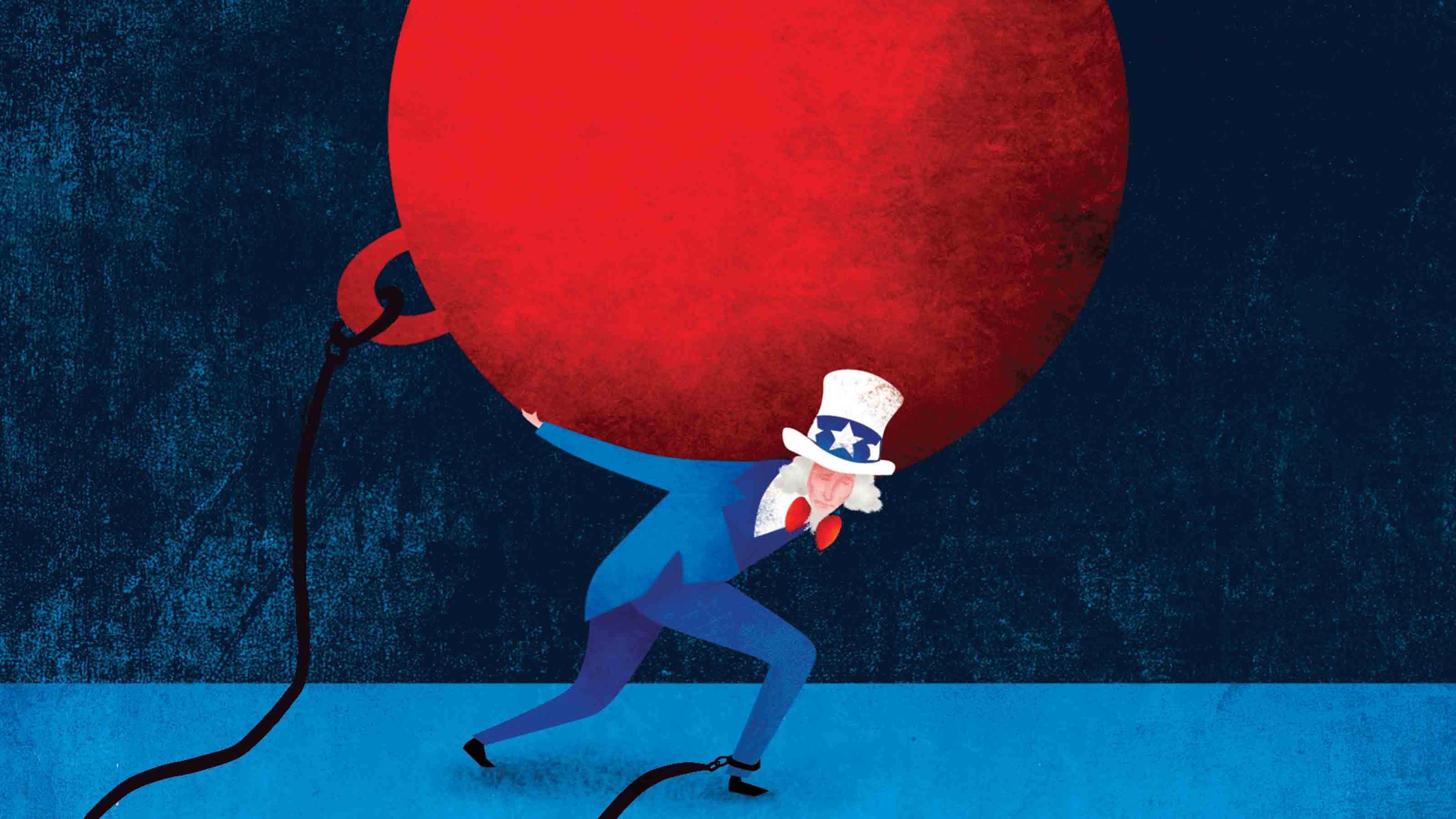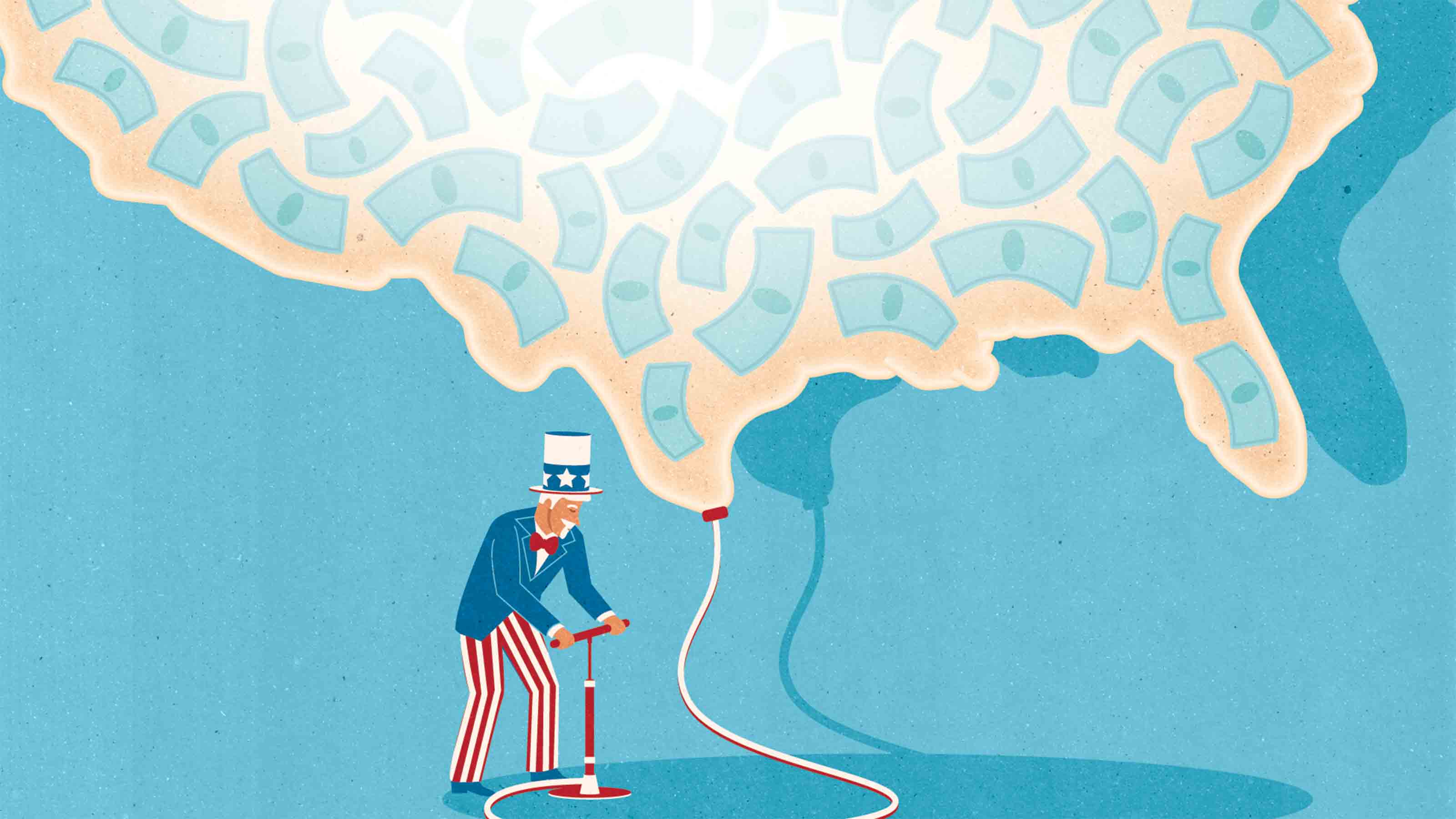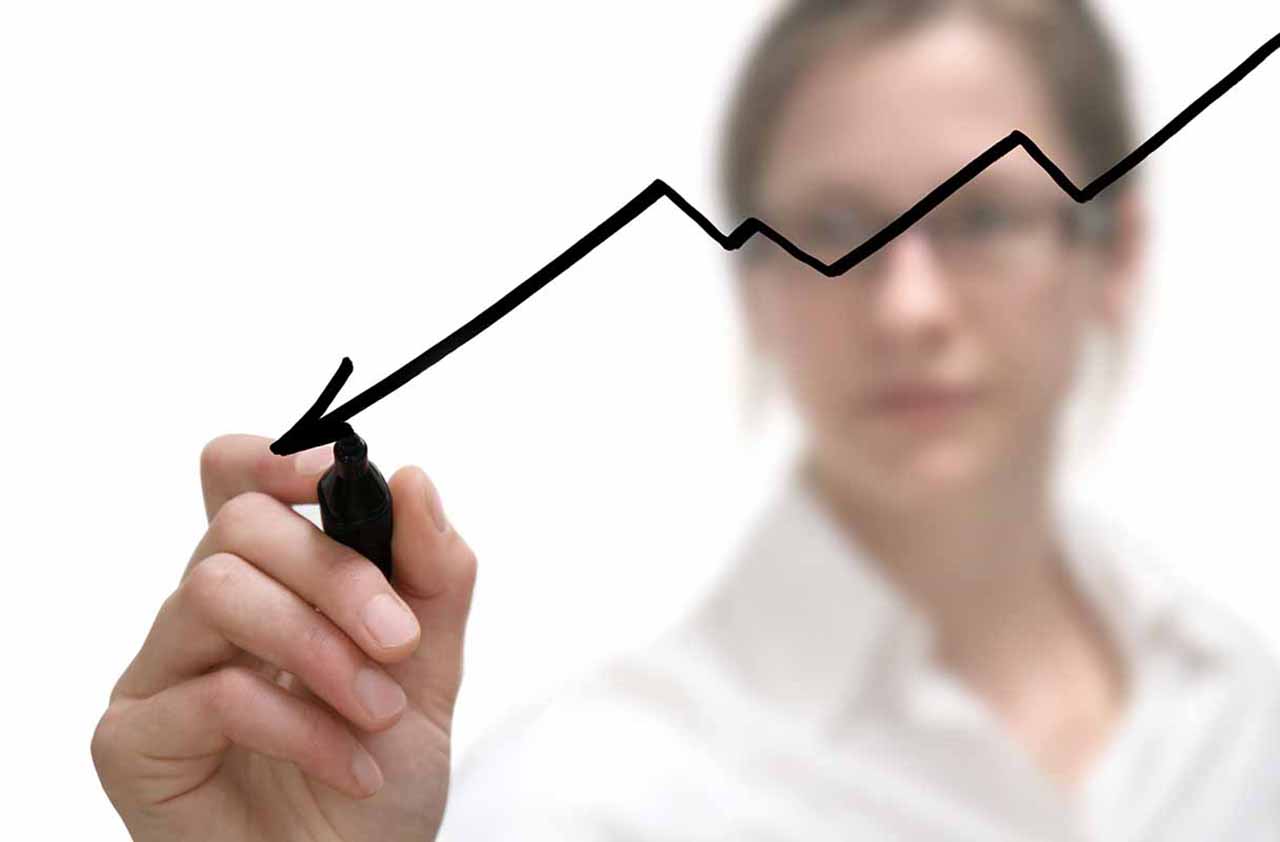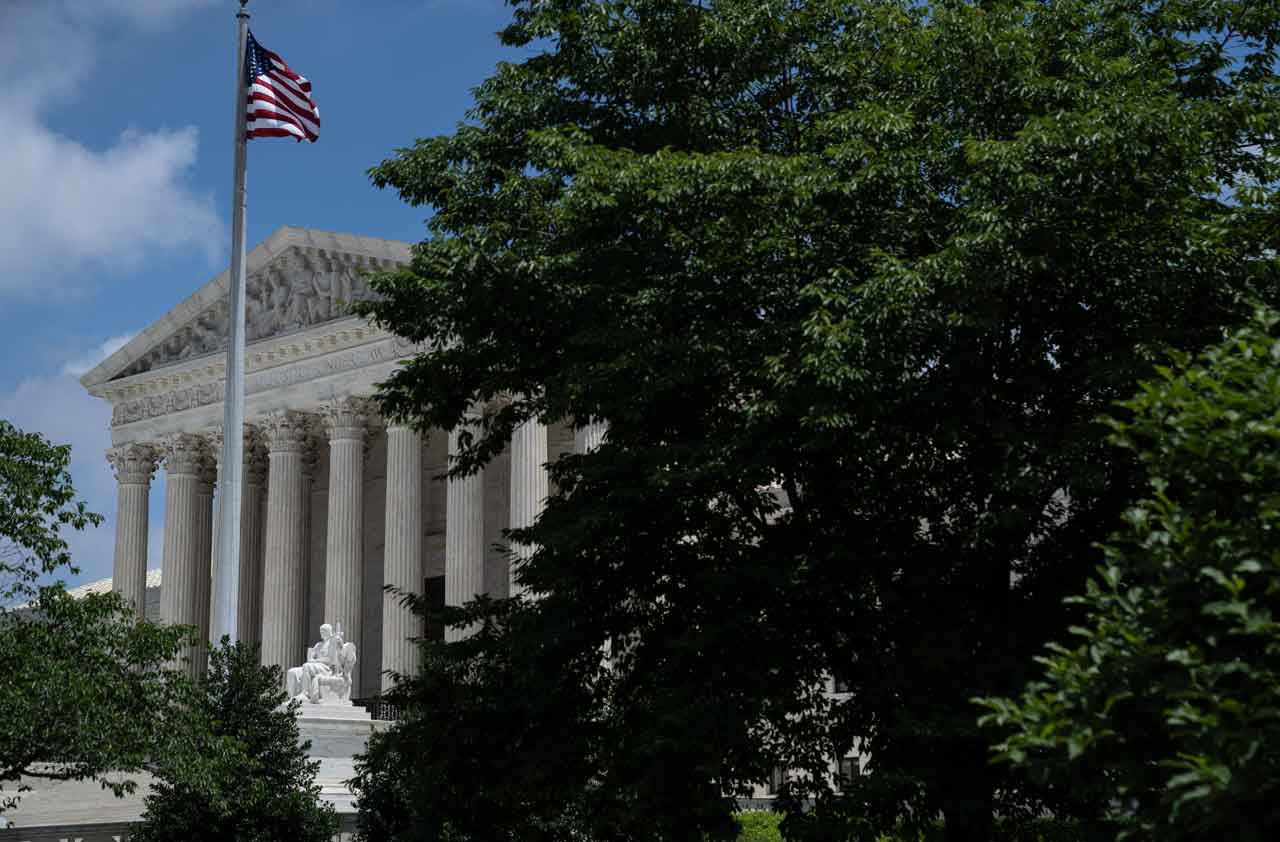Is Credit-Card Debt Out of Control?
Balances are on the rise, but defaults are still low.


A dollar sign followed by 13 digits tends to swivel heads. So credit card research site CardHub’s recent prediction that U.S. credit card holders will carry roughly $1 trillion in outstanding balances by the end of the year raises questions about how consumers are faring as debt levels grow. CardHub, which issued the forecast based on data from the Federal Reserve, warns that consumers may be on the path to spending beyond their means—a return to the bad habits that predated the 2007–08 financial crisis. Credit card balances recently sat at about $885.4 billion, by CardHub’s reading of the latest quarterly figures, compared with $832.5 billion a year earlier.
Finally, a look at other consumer debt provides some context. Credit card debt, higher than both auto loan balances and student loans in 2009, is now below both of those categories. Auto loan debt has reached $1.1 trillion, according to recent quarterly data from the New York Fed, although delinquencies still are a relatively manageable 3.5%. More worrisome is student loan debt, at $1.26 trillion. That’s a $69 billion increase from mid 2015, and the debt carries a 90-day delinquency rate of 11.1%, up from 8.5% at the end of 2011.

Sign up for Kiplinger’s Free E-Newsletters
Profit and prosper with the best of expert advice on investing, taxes, retirement, personal finance and more - straight to your e-mail.
Profit and prosper with the best of expert advice - straight to your e-mail.
Get Kiplinger Today newsletter — free
Profit and prosper with the best of Kiplinger's advice on investing, taxes, retirement, personal finance and much more. Delivered daily. Enter your email in the box and click Sign Me Up.

Lisa has been the editor of Kiplinger Personal Finance since June 2023. Previously, she spent more than a decade reporting and writing for the magazine on a variety of topics, including credit, banking and retirement. She has shared her expertise as a guest on the Today Show, CNN, Fox, NPR, Cheddar and many other media outlets around the nation. Lisa graduated from Ball State University and received the school’s “Graduate of the Last Decade” award in 2014. A military spouse, she has moved around the U.S. and currently lives in the Philadelphia area with her husband and two sons.
-
 How Baby Boomers and Gen Xers Are Redefining Retirement Living
How Baby Boomers and Gen Xers Are Redefining Retirement LivingBoth generations need to embrace change and leverage real estate as a dynamic asset in their retirement planning. Here's how financial advisers can help, too.
By David Conti, CPRC Published
-
 How Good Advisers Manage Risk in Challenging Markets
How Good Advisers Manage Risk in Challenging MarketsThey understand the difference between what might be real challenges to an investor's strategy and fear brought on by market volatility.
By Ryan L. Kirk, CFA® Published
-
 Federal Debt: A Heavy Load
Federal Debt: A Heavy LoadEconomic Forecasts The debt continues to grow, but record-low interest rates could ease the long-term damage.
By David Payne Published
-
 How the Fed's Moves Affect You
How the Fed's Moves Affect YouEconomic Forecasts It’s pumping trillions of dollars into the economy and keeping rates near zero. Savers are sunk, but borrowers get a boost.
By David Payne Published
-
 Consumers Will Feel Impact of Rapidly Falling Interest Rates
Consumers Will Feel Impact of Rapidly Falling Interest RatesEconomic Forecasts Mortgage and car loans will experience the most significant dips, while some holders of Treasuries may get a slight boost.
By David Payne Published
-
 Will You Have to Pay More Sales Taxes on Your Online Purchases?
Will You Have to Pay More Sales Taxes on Your Online Purchases?business One thing’s for sure: Consumers who live in one of the five states without a sales tax won’t be affected by the Supreme Court’s ruling.
By David Payne Published
-
 Help Wanted in America: Skilled Workers
Help Wanted in America: Skilled WorkersTechnology In an ever-more-competitive job market, technology increases the need for skilled workers.
By David Payne Published
-
 The Unintended Consequences of a Boost in Overtime Pay
The Unintended Consequences of a Boost in Overtime PayBusiness Costs & Regulation New rules mean millions more employees will be overtime-eligible. But will employers find workarounds?
By Nellie S. Huang Published
-
 America's Perilous National Debt
America's Perilous National Debtdebt At $14 trillion and climbing, it's like "termites in the basement."
By Janet Bodnar Published
-
 Savers Feel the Pain of Low Interest Rates
Savers Feel the Pain of Low Interest RatesMaking Your Money Last The Fed's low-rate policy has cost U.S. savers $470 billion.
By Janet Bodnar Published